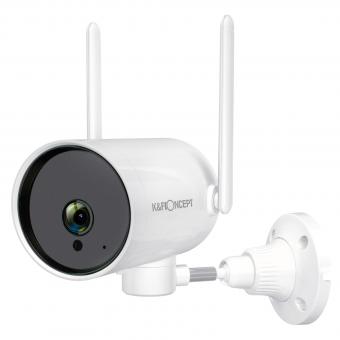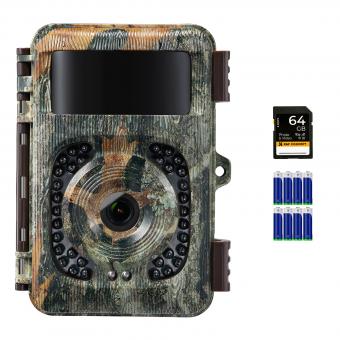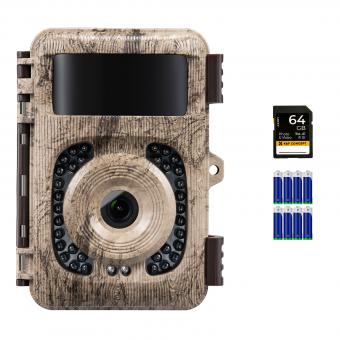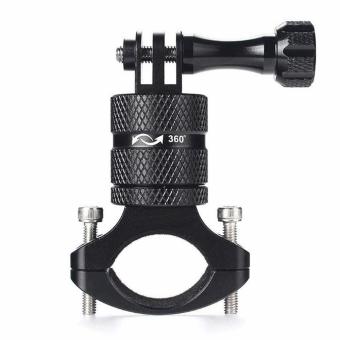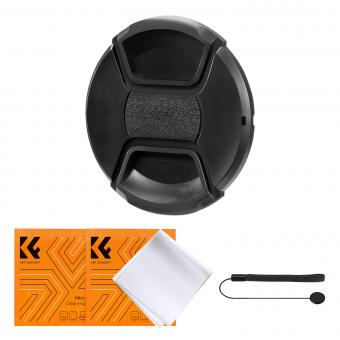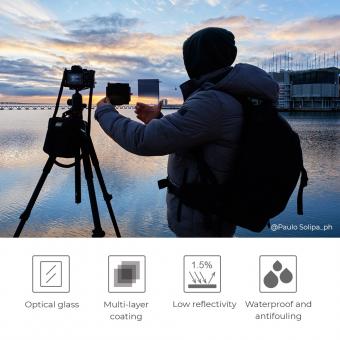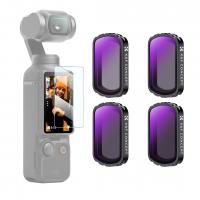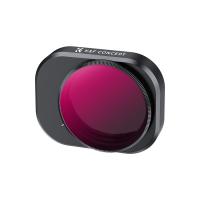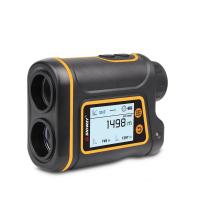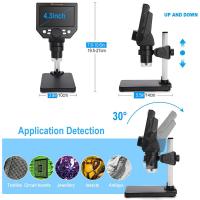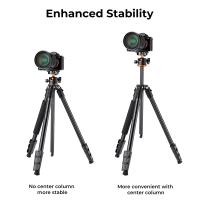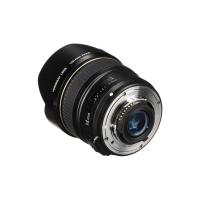How Much Wifi Does Ring Camera Use ?
The amount of WiFi that a Ring camera uses depends on various factors such as the camera model, video quality settings, and the frequency of motion detection. Generally, Ring cameras use around 2 Mbps (megabits per second) of bandwidth when streaming live video in 1080p HD quality. However, this can vary depending on the camera's settings and the strength of the WiFi signal. Ring cameras also use additional bandwidth when uploading recorded videos to the cloud for storage. It is recommended to have a minimum internet speed of 1 Mbps for each Ring device to ensure smooth operation.
1、 Ring Camera's WiFi Consumption
Ring cameras are popular home security devices that allow homeowners to monitor their property remotely. One of the most common questions that people have about these cameras is how much WiFi they use. The answer to this question depends on several factors, including the type of camera, the quality of the video stream, and the frequency of use.
In general, Ring cameras use between 0.5 and 2 Mbps of bandwidth when streaming video. This means that if you have a standard internet connection with a speed of 10 Mbps, you should be able to support up to five cameras without any issues. However, if you have a slower connection or multiple devices using the same network, you may experience buffering or other issues.
It's also worth noting that Ring cameras have a feature called "Live View" that allows you to stream video from the camera at any time, even when there is no motion detected. This feature can use more bandwidth than the standard video stream, so it's important to use it sparingly if you have a limited data plan.
Overall, Ring cameras are designed to be efficient with WiFi usage, and most users should not experience any issues with their internet connection. However, if you have concerns about your WiFi usage or experience any issues with your camera, it's always a good idea to contact Ring support for assistance.
2、 Data Usage of Ring Camera
The amount of data usage by a Ring camera depends on various factors such as the video quality, the length of the recording, and the number of cameras connected to the network. On average, a Ring camera uses around 2GB of data per month for standard video quality and around 4GB for high-definition video quality.
However, it is important to note that the data usage can vary depending on the number of events recorded and the frequency of live streaming. For example, if the camera is placed in a high-traffic area, it may record more events and use more data.
The latest point of view is that Ring cameras now offer an option to adjust the video quality to reduce data usage. This feature allows users to choose between standard and high-definition video quality, which can significantly reduce the amount of data used by the camera.
Additionally, Ring cameras also have a feature called "Motion Snooze" that allows users to temporarily disable motion alerts and recordings. This can be useful in situations where the camera is recording too many events and using too much data.
Overall, the data usage of a Ring camera can vary depending on various factors, but with the option to adjust video quality and use Motion Snooze, users can manage their data usage effectively.
3、 WiFi Bandwidth Requirements for Ring Camera
WiFi Bandwidth Requirements for Ring Camera
The amount of WiFi bandwidth used by a Ring camera depends on several factors, including the camera's video quality, the number of cameras connected to the network, and the amount of motion detected by the camera. Generally, a Ring camera uses between 0.5 and 2 Mbps of bandwidth when streaming live video. However, this can increase significantly if the camera is set to record and store video footage in the cloud.
It's important to note that Ring cameras are designed to be efficient with WiFi bandwidth. They use advanced compression algorithms to reduce the amount of data transmitted over the network without compromising video quality. Additionally, Ring cameras are equipped with motion sensors that only activate the camera when motion is detected, further reducing the amount of data transmitted.
The latest point of view is that while Ring cameras are generally efficient with WiFi bandwidth, it's still important to ensure that your network can handle the additional traffic. If you have multiple cameras connected to your network, or if you have other devices that use a lot of bandwidth, you may need to upgrade your internet plan to ensure that you have enough bandwidth to support all of your devices.
In conclusion, the amount of WiFi bandwidth used by a Ring camera depends on several factors, but generally, it uses between 0.5 and 2 Mbps when streaming live video. Ring cameras are designed to be efficient with WiFi bandwidth, but it's still important to ensure that your network can handle the additional traffic.
4、 Ring Camera's Impact on Home Network
How much wifi does Ring camera use? The amount of wifi that a Ring camera uses depends on several factors, including the camera's settings, the quality of the wifi signal, and the amount of activity the camera is recording. Generally, Ring cameras use between 0.5 and 2 Mbps of bandwidth when streaming video, which is relatively low compared to other streaming services like Netflix or YouTube.
However, it's important to note that having multiple Ring cameras or other smart home devices connected to the same wifi network can put a strain on the network's bandwidth. This can lead to slower internet speeds and buffering issues, especially if other devices are also using the network at the same time.
To mitigate these issues, it's recommended to have a strong and reliable wifi signal, and to limit the number of devices connected to the network. Additionally, some Ring cameras have settings that allow users to adjust the video quality and motion detection sensitivity, which can help reduce the amount of bandwidth used.
Overall, while Ring cameras do use some wifi bandwidth, their impact on a home network is generally minimal as long as the network is properly set up and managed. As smart home technology continues to evolve, it's likely that we'll see even more efficient and effective ways to manage and optimize home networks for these devices.








